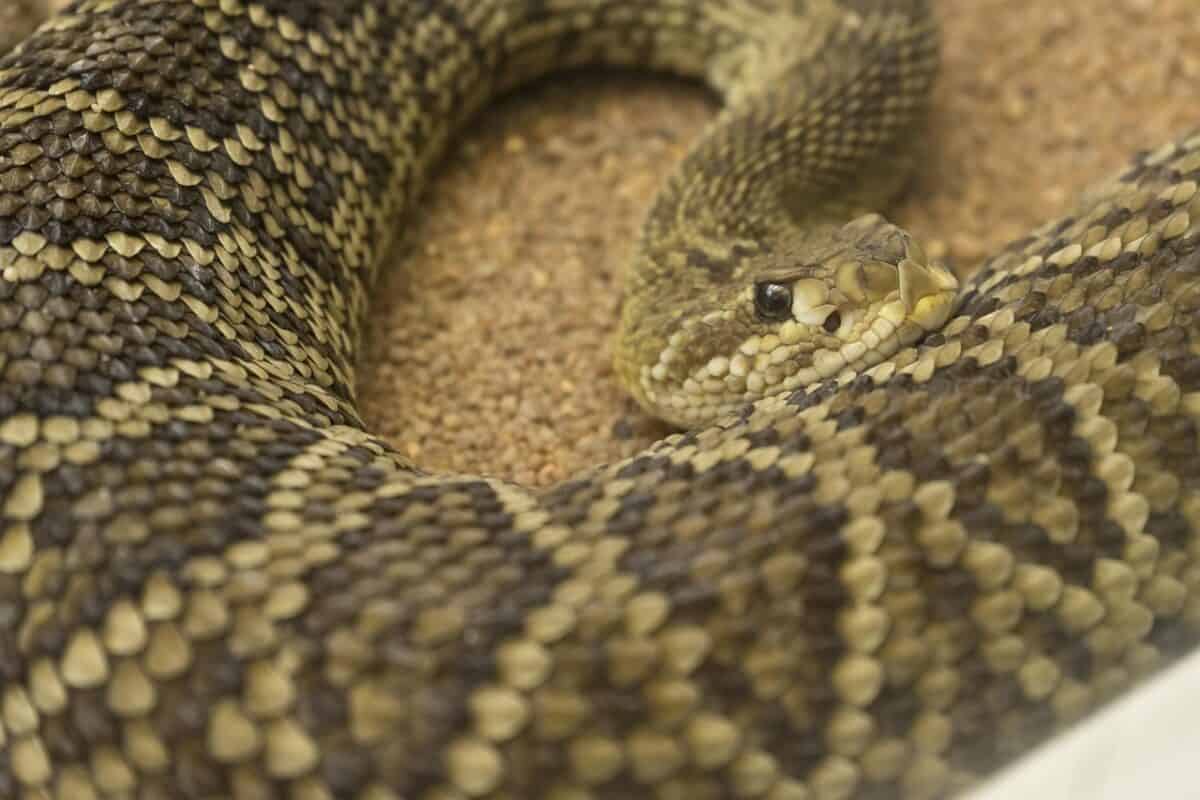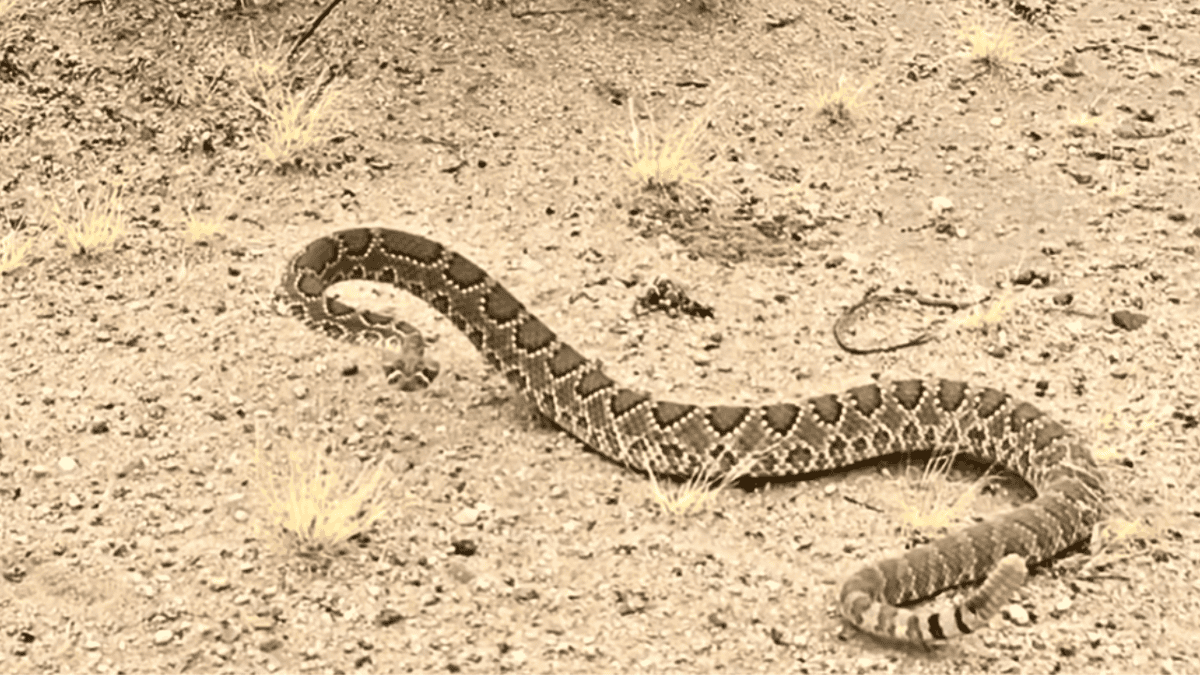Rattlesnakes are among the most iconic reptiles of North America. Known for their distinctive warning sound created by their rattles, these creatures evoke a mixture of fear and fascination. Yet, there is more to rattlesnakes than meets the eye—or the ear. In this article, we unveil 14 captivating facts about rattlesnakes that highlight their ecological importance, unique adaptations, and intriguing behaviors.
14. Rattlesnake Diversity

Rattlesnakes belong to the pit viper group and comprise about 36 recognized species. These species range across the Americas, from southwestern Canada to Argentina. Each species has adapted to different environments, showcasing an impressive diversity in size, coloration, and habitat preference.
13. The Rattle Mechanism

The rattle of a rattlesnake is made of keratin, the same protein in human nails. As a snake grows, new segments are added to its rattle. The warning sound is produced when these hollow sections are vibrated, a mechanism that evolves as a sophisticated deterrent strategy against predators.
12. Heat-Sensing Pits

Rattlesnakes possess heat-sensing pits located between their eyes and nostrils. These specialized organs enable them to detect infrared radiation, allowing them to efficiently hunt warm-blooded prey even in darkness. This adaptation is particularly crucial for survival in their varied habitats.
11. Venom Potency

Rattlesnake venom is a complex cocktail of enzymes and proteins used primarily for subduing prey and defense. The composition can vary significantly between species and even within populations, influencing the venom’s potency and effect on different prey or predators.
10. Ecological Role

As predators, rattlesnakes play a vital role in controlling the population of small mammals, such as rodents, thus contributing to a balanced ecosystem. Their presence is crucial for the health of their native habitats, preventing overpopulation of their prey species.
9. Reproduction and Birth

Rattlesnakes are generally ovoviviparous, meaning they give birth to live young after the eggs hatch inside the mother’s body. This adaptation provides the offspring with a greater chance of survival, as they are protected during the most vulnerable stages of their development.
8. Cannibalistic Behavior

Some rattlesnake species exhibit cannibalistic behavior, where larger snakes may prey on smaller ones. This might seem gruesome, but it is a natural behavior that helps regulate population density, ensuring sufficient resources for the survival of adult snakes.
7. Lifespan and Longevity

In the wild, the average lifespan of a rattlesnake ranges from 10 to 20 years, depending on the species and environmental factors. Factors influencing their longevity include availability of food, habitat conditions, and human-induced threats.
6. Defense Strategies
Beyond their intimidating rattle, rattlesnakes employ several defense strategies, including camouflage and remaining motionless to avoid detection. They can also deliver a “dry bite,” injecting little to no venom, as a warning before resorting to lethal force.
5. Cultural Significance

Rattlesnakes have been a part of Native American folklore and symbolism for centuries, often representing fertility, life, and death. Their image has been revered and feared in different cultures, illustrating humanity’s complex relationship with these fascinating creatures.
4. Dietary Adaptations

Rattlesnakes are opportunistic feeders with a diet primarily composed of small mammals, birds, and other reptiles. Their highly developed sense organs and potent venom allow them to effectively capture and digest prey, playing a critical role in energy transfer within their ecosystems.
3. Threats and Conservation

Rattlesnakes face numerous threats, including habitat loss, deliberate killings, and climate change. Conservation efforts include habitat protection, research, and community awareness programs to ensure that these snakes continue playing their ecological role.
2. Human-Rattlesnake Interactions

While many people regard rattlesnakes with fear, they are largely misunderstood. Most bites occur when snakes are accidentally provoked or cornered. Education and awareness can reduce these encounters, allowing for a more harmonious coexistence.
1. Exploring New Insights

Researchers continually study rattlesnakes to gain deeper insights into their biology and ecological impact. Current research includes studying changes in venom composition and exploring rattlesnake adaptations to changing environments.
In conclusion, rattlesnakes are a remarkable group of reptiles with diverse adaptations and significant ecological roles. While they can pose a danger to humans, they are also vital components of their ecosystems. Protecting these enigmatic creatures requires understanding them, emphasizing their ecological value, and fostering coexistence through education and conservation initiatives.
- America’s Most Endangered Mammals And How to Help - August 9, 2025
- The Coldest Town in America—And How People Survive There - August 9, 2025
- How Some Birds “Steal” Parenting Duties From Others - August 9, 2025

